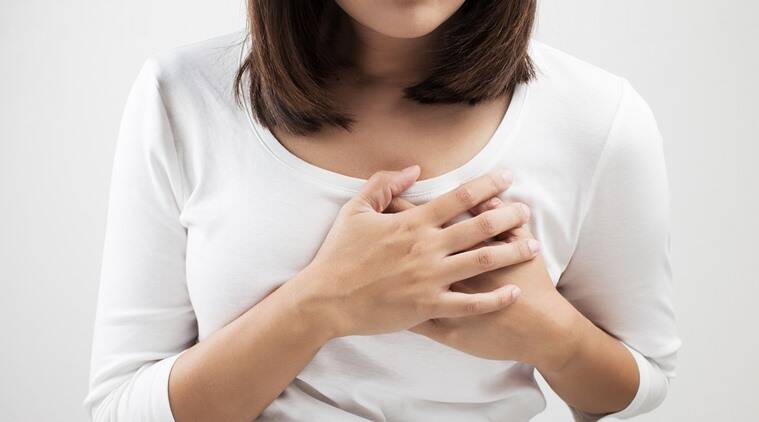The World Health Organization estimates that over 17 million people die yearly from cardiovascular diseases, with about 700,000 Americans being part of that number. Lafayette cardiovascular disease is a collection of conditions or disorders affecting the circulatory system, which supplies your body with blood and other nutrients like oxygen. The cardiovascular or circulatory system consists of the heart, blood, and blood vessels (capillaries, veins, and arteries).
Cardiovascular (heart) disease symptoms vary according to the specific condition. But, generally, some signs that indicate your cardiovascular system has an underlying issue may include difficulty breathing, tiredness, cold sweats, painful chest, weak or numb legs, and arms, and slow or fast heartbeat. Consequently, below are some of the most prevalent types of heart diseases.
Coronary artery disease
The condition affects the functioning of your coronary arteries, which convey blood to the heart. In America, nearly 20 million people, from 20 years and above, have coronary artery disease (CAD).
CAD may result from the slow accumulation of plaque in the arteries across the body. The plaque accumulation, consisting of cholesterol and other substances, leads to the narrowing of the walls of your arteries.
The destruction or clogging of arteries reduces or prevents blood transport to some body areas. Since your heart cannot get an adequate supply of nutrients for optimum working, you risk ischemic chest pain and heart attack.
Irregular heartbeat
Cardiac arrhythmia results from improper working of the electric signals helpful in coordinating the beating or pumping of your heart. As a result, your heart will beat too fast or too slow. A fast heartbeat is tachycardia, while a slow heartbeat is bradycardia.
Also, sometimes you may experience your heart skipping a beat.
Depending on your condition, always seek medical attention immediately since a dramatic drop or rise in blood pressure can lead to your collapse because of the stopping of breathing and pulse.
Heart attack
This cardiovascular disease happens when there is a severe reduction or blocking of the blood flowing to the heart. Thus, the part of the heart supplied by the affected artery starts to die. The constriction of the blood vessels may be due to cholesterol and other things deposited on their walls.
The accumulated plaque on artery walls may also rupture, creating clots that interfere with blood transportation.
Although you can suffer a sudden heart attack, often, you will experience warning signs and symptoms of an impending attack.
Stroke
Sometimes referred to as cerebrovascular accident or brain attack, stroke is a condition that occurs from the bursting of a brain’s blood vessel or blocking of blood transportation to a particular part of your brain.
Without enough blood supply, the brain tissues do not get sufficient levels of nutrients, including oxygen, necessary for proper function.
Always go for prompt treatment, as it can assist in reducing potential complications of a stroke, like damage to the brain.
Congestive heart failure
With this chronic cardiovascular illness, your heart is incapable of filling adequately with blood and cannot pump the blood as it should throughout your body. Having heart failure does not mean that the beating or pumping stops.
Without sufficient blood flow, there is a disruption in all the primary functions of your body. Heart failure affects more than 6 million Americans.
Contact Moore Healthcare Group today for specialist cardiovascular services.




